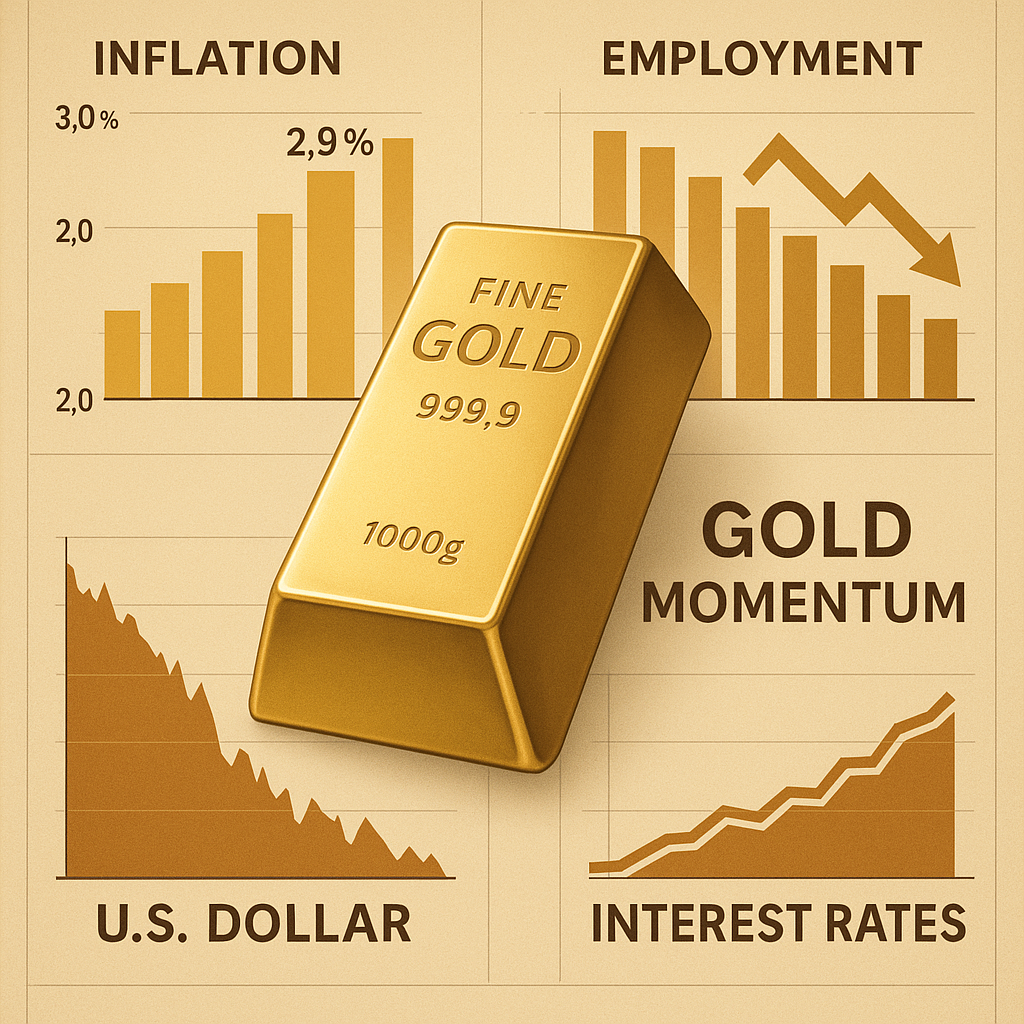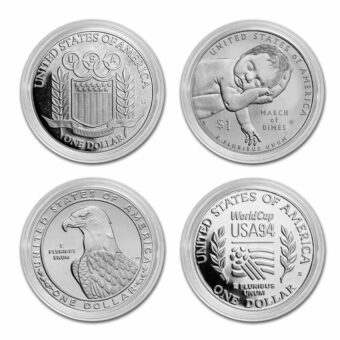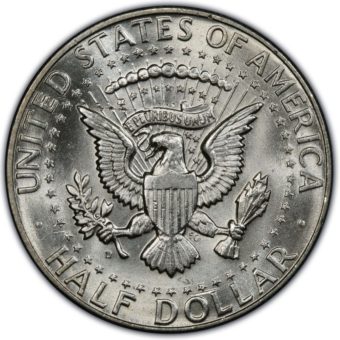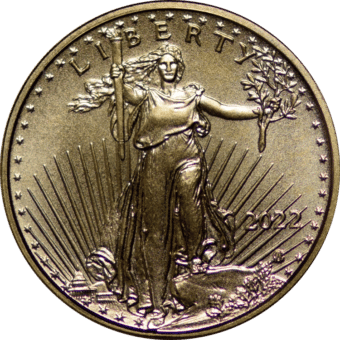As summer winds down, markets are digesting a whirlwind of economic data, political developments, and policy signals—each one pivotal to understanding the direction of the U.S. dollar, interest rates, and gold prices. At the heart of it all: inflation and employment. With core PCE inflation climbing and a major U.S. Jobs Report due this week, gold remains a central point of focus for those seeking stability amidst shifting monetary winds. Here’s a breakdown of the past week’s market activity and what to expect in the days ahead.
Weekly Recap: August 18 – 22, 2025
Monday – August 18, 2025
Gold held near recent levels, closing up $1.50 at $3,420.00, while silver eased $0.229 to $38.83 in quiet trading. Market participants continued analyzing Fed Chair Powell’s comments suggesting a potential September rate adjustment, although mixed views within the central bank and persistent inflation kept enthusiasm in check.
Tuesday – August 19, 2025
Gold added $16.50 to reach $3,434.20, a two-week high, reflecting increased safe-haven demand after President Trump announced plans to dismiss Fed Governor Lisa Cook—a move being contested. Silver edged down $0.028 to $38.69. Global equities softened, Treasury yields inched up, and the dollar weakened modestly.
Wednesday – August 20, 2025
Gold posted a modest gain of $3.00 to $3,436.00, reversing earlier losses on ongoing uncertainty surrounding political pressure on the Fed. Silver dipped $0.146 to $38.465. Anticipation grew ahead of Nvidia’s earnings, considered a potential driver for broader market volatility.
Thursday – August 21, 2025
Gold touched a three-week high, rising $12.60 to $3,461.30, while silver gained $0.232 to $38.95, reaching a five-week peak. Technical momentum and a weakening dollar supported the move, as an updated Q2 GDP reading of 3.3% (slightly above the prior 3%) had minimal impact on metals trading.
Friday – August 22, 2025
Metals slipped early Friday, with gold down $7.90 to $3,466.40 and silver lower by $0.205 to $38.99. Market attention turned to July’s PCE inflation report (2.6% headline, 2.9% core), while Fed Governor Christopher Waller indicated support for near-term policy easing. Global market sentiment remained mixed amid geopolitical developments in Brazil and China.
Core Inflation Rises to 2.9%: Market Eyes Turn to September
The Big Picture
Core PCE—the Federal Reserve’s preferred inflation measure—rose to 2.9% in July, its highest mark since February. Both consumer spending and income grew, signaling continued economic activity despite price pressures. For markets, this reinforces the expectation that the Fed may lower rates soon, especially if labor market indicators weaken.
What’s Happening
- Inflation: Core PCE up 2.9% YoY, 0.3% MoM; headline PCE at 2.6% YoY.
- Consumption Trends: Spending up 0.5%, incomes up 0.4%.
- Fed Positioning: Governor Waller suggests September rate cut is on the table, with further easing dependent on labor data.
- Gold Response: Prices steady around $3,411/oz, showing resilience amid monetary shifts.
Why It Matters
Persistent inflation paired with expected easing keeps real interest rates under pressure. For people seeking long-term value preservation, gold’s steady footing near $3,400 signals strength as traditional policy tools face limitations.
Bottom Line
While inflation remains above target, current trends point toward possible monetary easing. This environment—moderate inflation with falling real yields—continues to support the appeal of precious metals.
Rate Policy and Dollar Outlook Hinge on Labor Data and Fed Unity
The Big Picture
At the Jackson Hole symposium, Fed Chair Jerome Powell acknowledged growing risks to employment, even as inflation lingers above the 2% goal. His remarks have added to market expectations of a rate cut in September, though internal disagreements among Fed members underscore the uncertain path ahead.
What’s Happening
- Powell’s Statement: Highlighted employment concerns and rising price pressures from tariffs.
- Diverging Fed Views: Some officials advocate multiple cuts; others prefer caution or holding steady.
- Market Reaction: Equities rebounded; bond prices rose. Economists like Matthew Luzzetti (Deutsche Bank) forecast a September rate move, contingent on job data.
- Policy Context: The Fed cut 100 basis points last fall but has paused in 2025.
Key Data
- Inflation (July): 2.7%
- Market pricing: High likelihood of September cut
- Labor risk: Weak Q2 job growth, increasing concern
Why It Matters
Monetary easing tends to weaken the U.S. dollar, which supports gold demand, especially internationally. While a small September cut could offer stability, sustained easing would deepen dollar softness and amplify gold’s comparative strength.
Bottom Line
The Fed appears poised to adjust rates, but political and economic pressures may shape the pace. In this uncertain setting, physical gold offers steadiness beyond policy cycles.
Stablecoins and Monetary Power: The Rise of the Digital Treasury Dollar
The Big Picture
With the passage of the GENIUS Act, the U.S. government now provides a clear regulatory path for stablecoins, signaling a shift in the financial landscape. At the center of this movement is World Liberty Financial (WLF), a firm connected to the Trump family, which has begun positioning itself as a key player in digital dollar distribution.
What’s Happening
- GENIUS Act: Establishes federal rules for stablecoins, reinforcing U.S. dollar dominance in digital finance.
- WLF’s Role: Issuing USD1 stablecoin and WLFI token; Trump reportedly holds a majority stake.
- Expansion: $205 million USD1 minted in August; total issuance at $2.5 billion.
- Crypto Treasury Plans: WLF building a $1.5 billion reserve through ALT5 Sigma.
Key Figures
- Global stablecoins: $250B+
- USD1 Issuance: $2.5B
- 2028 Market Projection: $3.7T
- WLF Treasury Goal: $1.5B
Why It Matters
Rather than decentralization, this shift signals a new form of centralized control, with monetary infrastructure moving into private hands. The financial implications are vast—raising new questions about transparency, control, and the future of public monetary authority.
Bottom Line
As digital currencies gain legitimacy, the need for tangible, independent stores of value remains paramount. Physical gold and silver continue to stand apart in a world where digital finance is increasingly shaped by private interests.
Corporate Bankruptcies Rising: A Stress Signal for the Economy
The Big Picture
U.S. corporate bankruptcies jumped in July, reaching levels not seen since the early pandemic. This uptick reflects pressure from high interest rates, inflation, and tariff impacts, suggesting economic fragility even as some sectors show resilience.
What’s Happening
- Bankruptcies in July: 71 (highest since July 2020)
- 2025 YTD: 446 filings—the most Jan–July total since 2010.
- Sector Impacts: Industrial (70) and consumer discretionary (61) lead in filings.
- Major Cases: LifeScan, Del Monte, and Genesis Healthcare each filed with $1B+ in liabilities.
Market Context
- Filing numbers are rising across the board.
- The dollar’s 19% decline since 2020 also skews bankruptcy size perception.
- S&P 500 earnings surprised to the upside in Q2 with 11% growth.
Why It Matters
Rising bankruptcies reflect systemic challenges for U.S. businesses under tight monetary conditions. While earnings may cushion the impact for some firms, broader financial health remains under pressure. For people seeking long-term financial resilience, physical assets continue to offer reliability.
Bottom Line
While some firms thrive, others are buckling. Real assets like gold and silver remain consistent, especially when economic indicators diverge.
Next Week’s Key Events: September 1–5, 2025
Monday, September 1
- U.S. Markets Closed (Labor Day)
Tuesday, September 2
- 9:45 AM – S&P Final Manufacturing PMI (Aug.)
- 10:00 AM – ISM Manufacturing Index (Forecast: 48.0%)
Wednesday, September 3
- 9:00 AM – Fed Speech: Alberto Musalem
- 10:00 AM – JOLTS Job Openings (July)
- 1:30 PM – Fed Speech: Neel Kashkari
Thursday, September 4
- 8:15 AM – ADP Employment Report (Aug.)
- 8:30 AM – Weekly Jobless Claims
- 9:45 AM – S&P Final Services PMI (Aug.)
- 10:00 AM – ISM Services Index
- 10:00 AM – Senate Hearing: Fed Governor Nominee Stephen Miran
- 12:05 PM – Fed Speech: John Williams
- 7:00 PM – Fed Speech: Austan Goolsbee
Friday, September 5
- 8:30 AM – U.S. Jobs Report (August)
Implications for Precious Metals
- Manufacturing PMI (Tue): Weak reading could benefit metals via safe-haven demand.
- Fed Speeches (Wed–Thu): Dovish tone may support gold; hawkish views could pressure it.
- Job Openings, ADP & Jobless Claims (Wed–Thu): Weaker labor indicators favor metals.
- Services Data (Thu): Any sign of slowing growth may reinforce precious metal appeal.
- Jobs Report (Fri): A miss in payrolls or rising unemployment could bolster gold and silver.
Looking Ahead with Prime Assets
In a rapidly evolving financial environment, clarity and preparation are key. As central banks, governments, and private entities redefine monetary norms, the enduring role of physical gold and silver grows more significant. For those navigating uncertainty, these tangible assets offer a foundation beyond digital trends and policy shifts.
Want to learn more?
Explore how gold and silver can fit into your broader strategy for financial confidence. Visit us at PrimeAssetGroup.com or call (866) 706-8781 to discover how to secure free shipping and insurance on precious metal orders over $5,000.


















